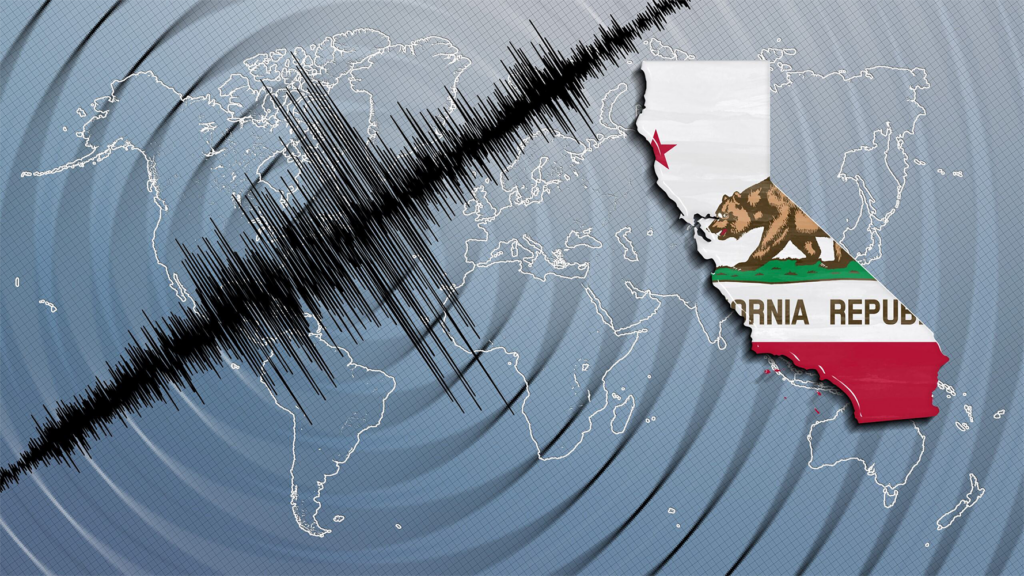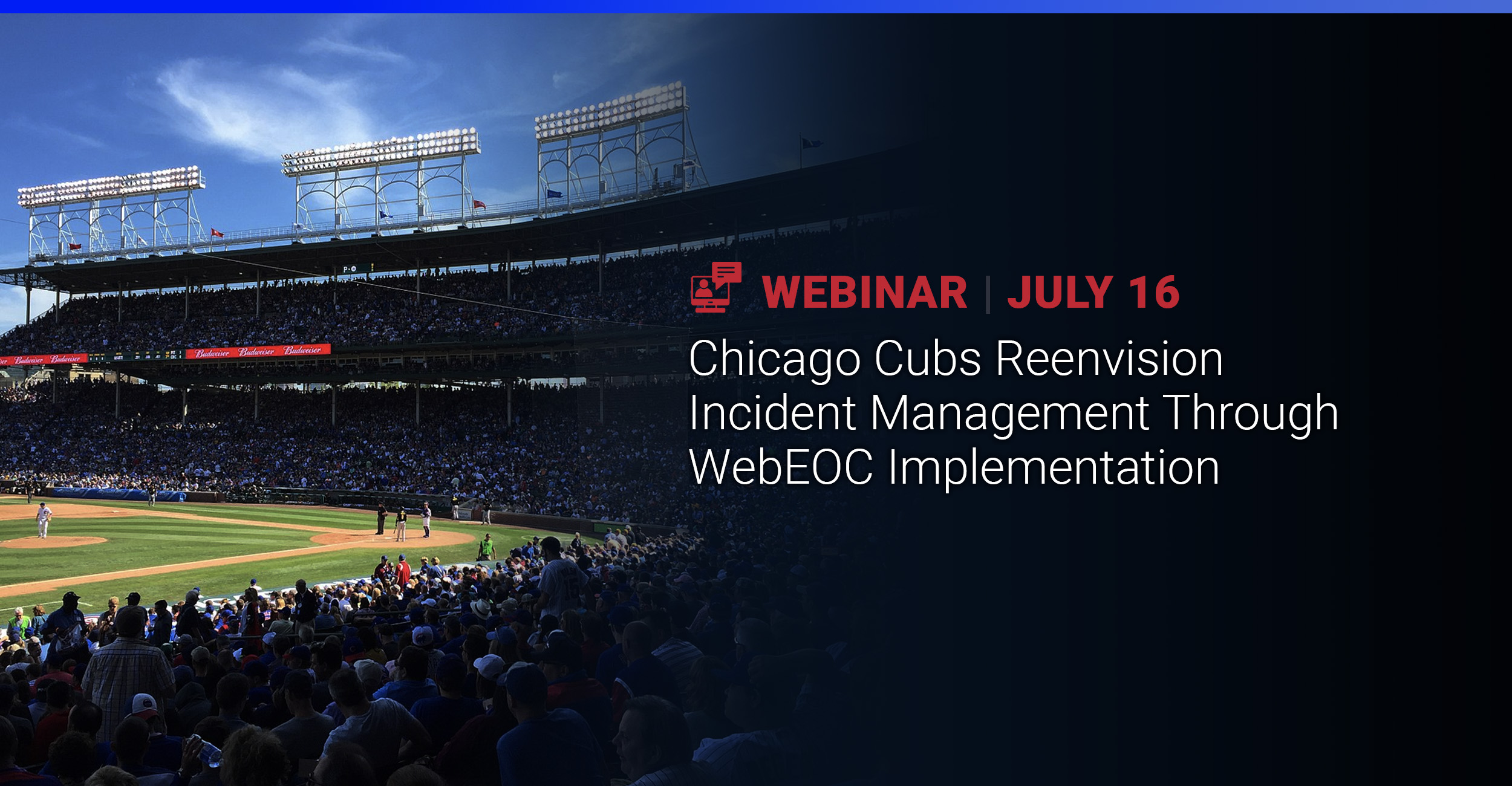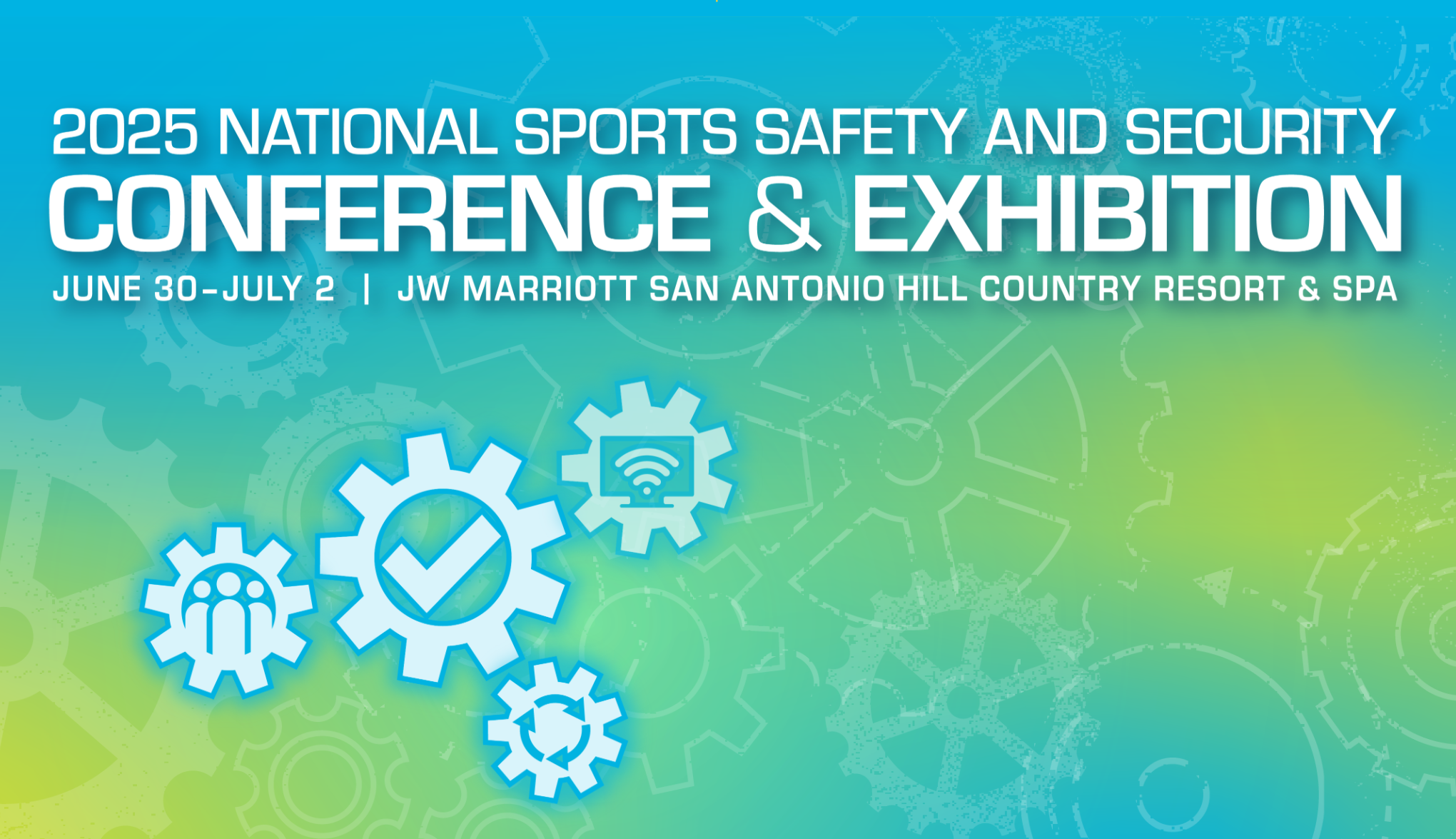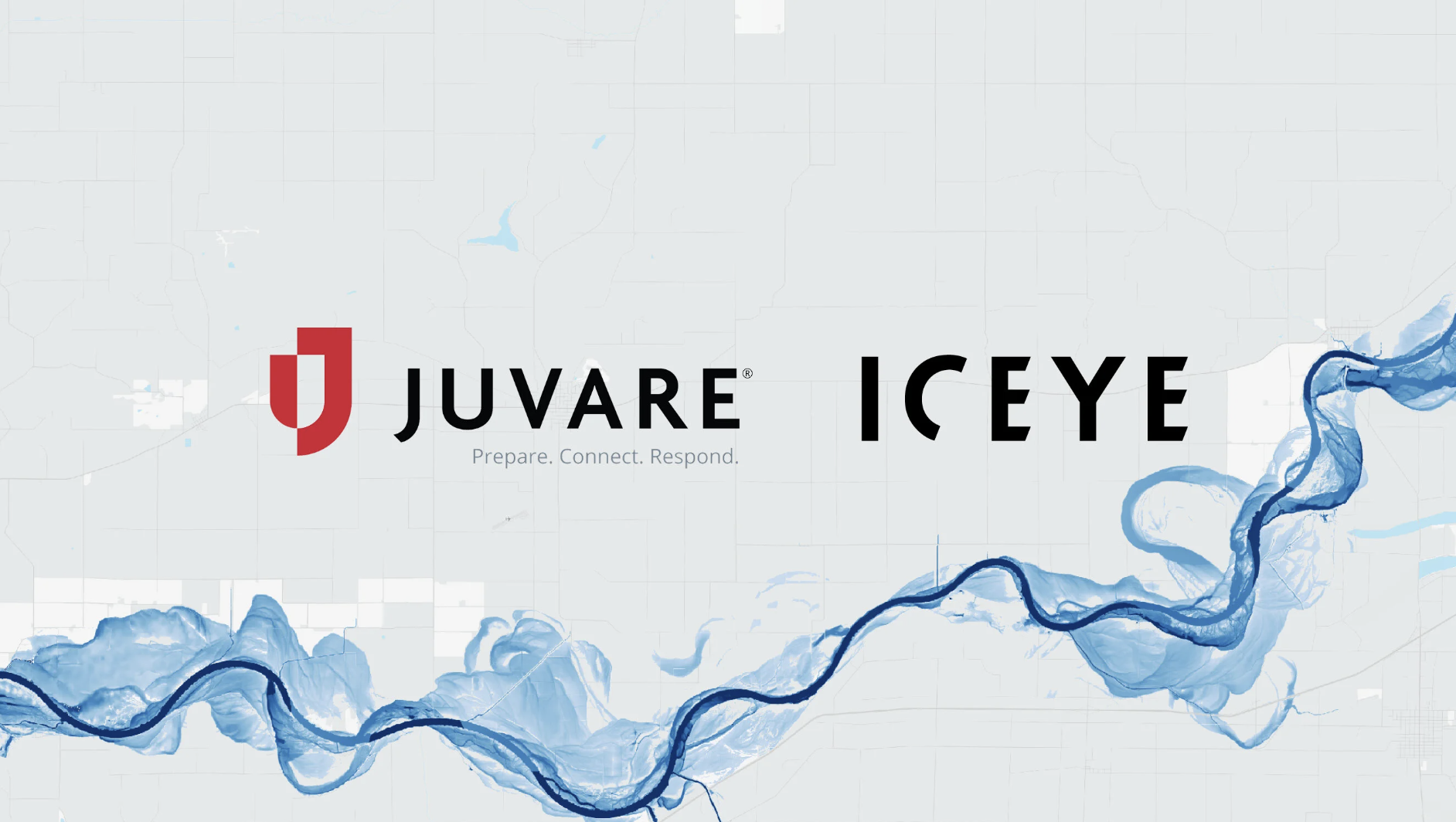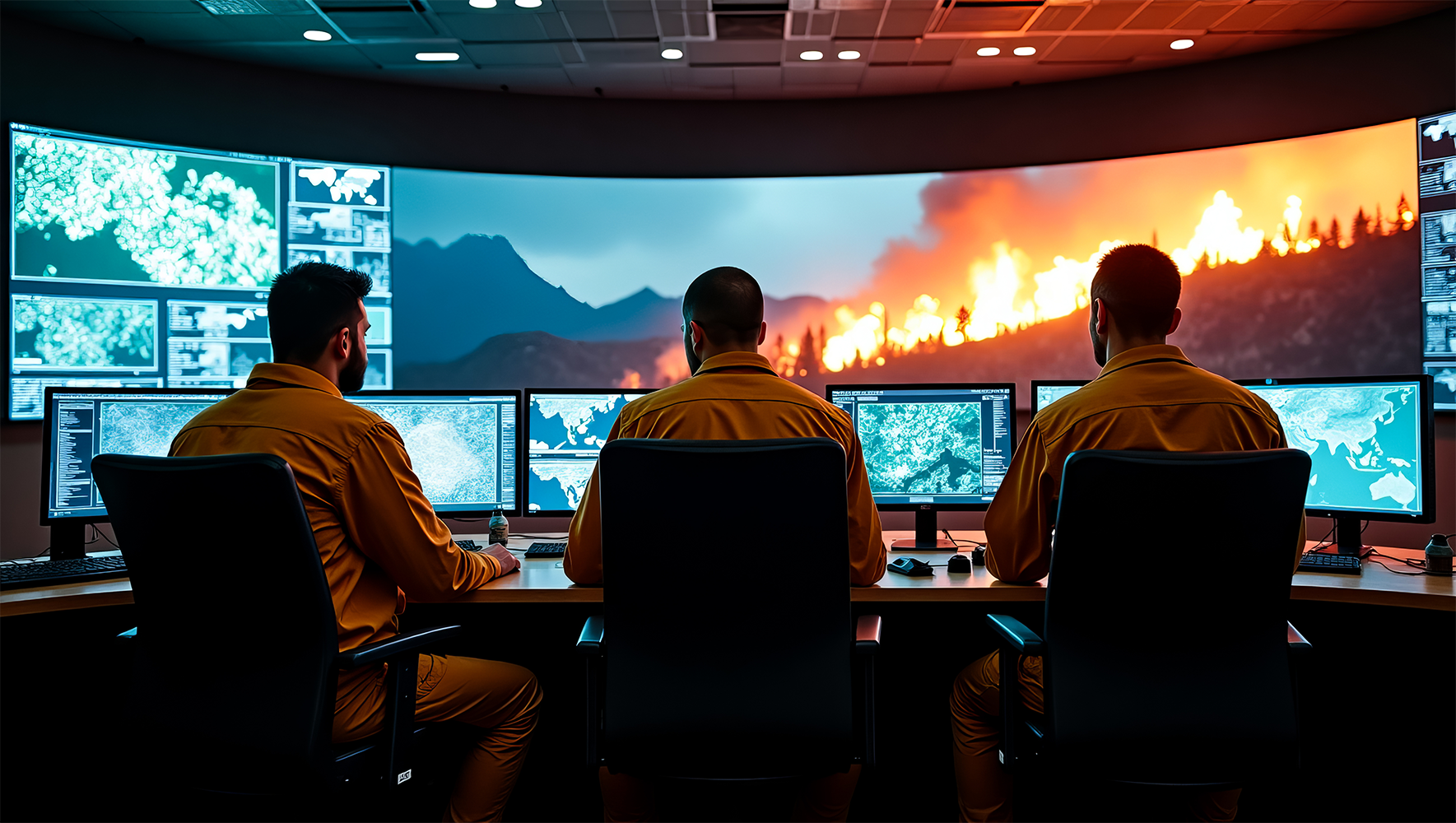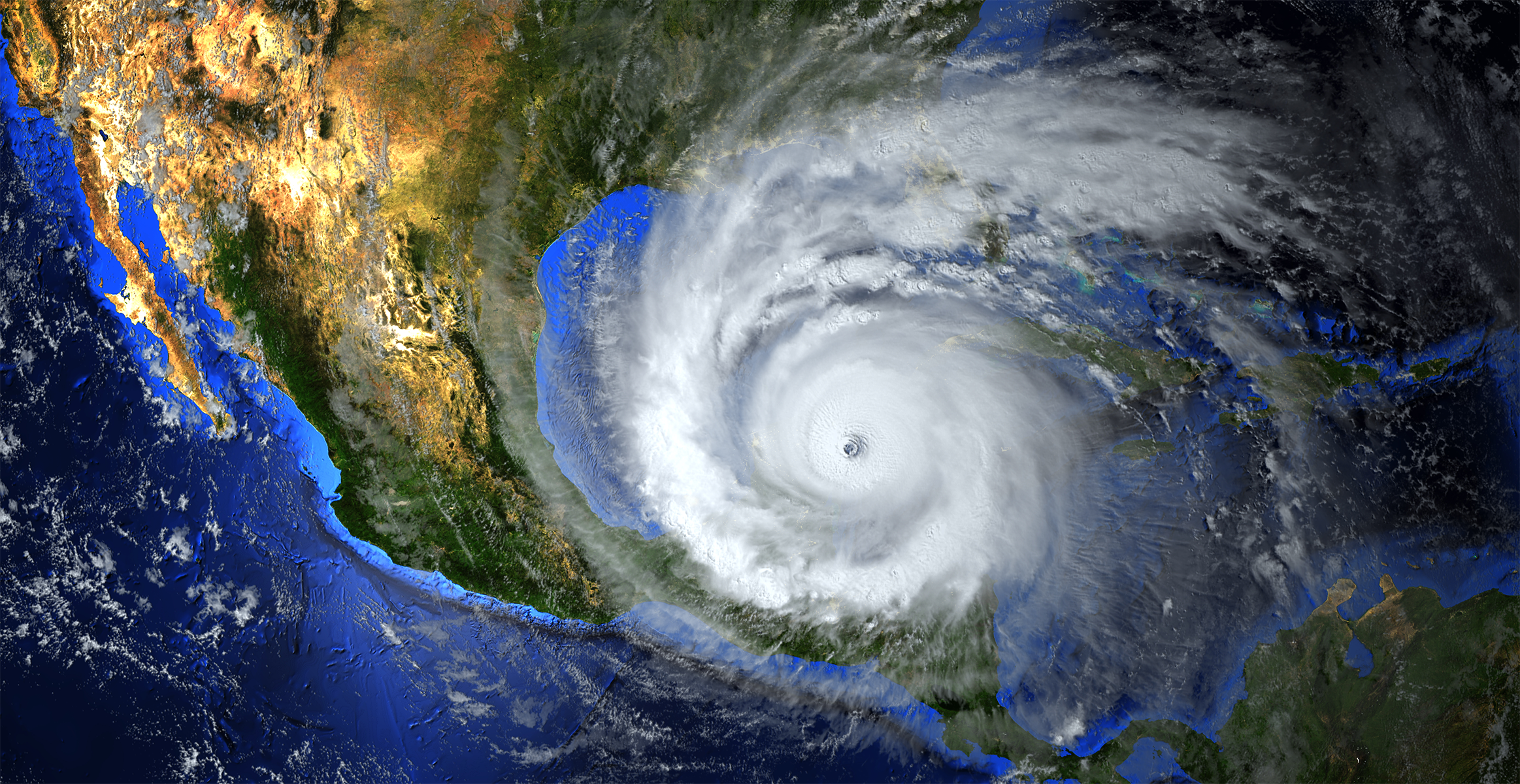Yesterday morning, Northern California experienced a powerful and alarming reminder of the region’s seismic activity. A magnitude 7.0 earthquake struck just off the coast near Petrolia in Humboldt County at 10:44 a.m. PST on December 5th 2024. The quake was one of the most significant in the area in recent years, sending shockwaves across communities and prompting widespread concern.
Shortly after the earthquake, a tsunami warning was issued for coastal areas of Northern California and Southern Oregon, including as far south as San Francisco. Residents were advised to evacuate low-lying areas immediately as authorities assessed the risk. Although the warning was canceled just before noon, the disruption underscored the vulnerability of coastal communities to seismic and secondary events such as tsunamis.
The impact was felt beyond the coast. In Humboldt County, over 10,000 customers lost power, with outages stretching across multiple towns and cities. Structural damage was reported in the region, including cracked roads in Rio Dell and minor damage to roofs in Ferndale. Thankfully, there were no reported injuries, but aftershocks—more than 30 of them—continued to rattle the region throughout the day. The largest aftershock, measuring 4.3, struck near Petrolia, causing additional anxiety for residents already shaken by the morning’s events.
Local officials and emergency management teams acted quickly to assess damage and begin recovery efforts. The earthquake serves as a grim reminder of the region’s proximity to the Cascadia Subduction Zone, one of the most seismically active and dangerous fault systems in the United States. The zone has the potential to trigger catastrophic quakes and tsunamis, with impacts stretching from Northern California to British Columbia.
This event highlights the importance of preparedness, not only in California but across the country. It’s a call to action for both government agencies and private organizations to prioritize robust disaster management and resilient infrastructure.
Beyond California: Other Fault Lines to Watch
While California’s San Andreas Fault is well-known, other fault lines across the U.S. also pose significant risks. One major area of concern is the New Madrid Seismic Zone, which stretches across southeastern Missouri, Tennessee, Kentucky, Illinois, and Arkansas. This region experienced devastating earthquakes in 1811-1812, altering landscapes and the course of the Mississippi River. Experts predict a 25-40% chance of another significant earthquake in the next 50 years.
Memphis, Tennessee, is particularly vulnerable. Situated within the New Madrid zone, Memphis faces amplified seismic risks due to its geological composition of thick sediment layers. However, the region’s infrastructure and building codes are not as robust as California’s, leaving it underprepared for a major seismic event. A large earthquake in this region could cause widespread devastation, impacting critical infrastructure, disrupting supply chains, and endangering lives.
Preparing for the Inevitable with Crisis Track and WebEOC
Disaster response begins long before an earthquake strikes. Juvare’s tools like Crisis Track, WebEOC, and EMResource empower communities to prepare for and respond to such disasters effectively.
- Crisis Track streamlines damage assessment, enabling local governments to capture real-time data even in connectivity-challenged environments. This data directly populates FEMA forms, expediting disaster declarations and funding processes.
- WebEOC integrates with Crisis Track to centralize data, offering emergency operations centers a unified view of the situation. This seamless information sharing ensures that decision-makers have the insights they need to act quickly.
- EMResource supports crisis management by tracking the real-time status of hospitals, EMS, and other critical services, ensuring resources are allocated where they are most needed.
A Call to Action for Preparedness
The Northern California earthquake is a stark reminder of how unpredictable and impactful natural disasters can be. Whether along the San Andreas Fault or the New Madrid Seismic Zone, preparedness is key. With tools like Crisis Track, WebEOC, and EMResource, communities can strengthen their emergency response capabilities, reduce recovery times, and save lives.









